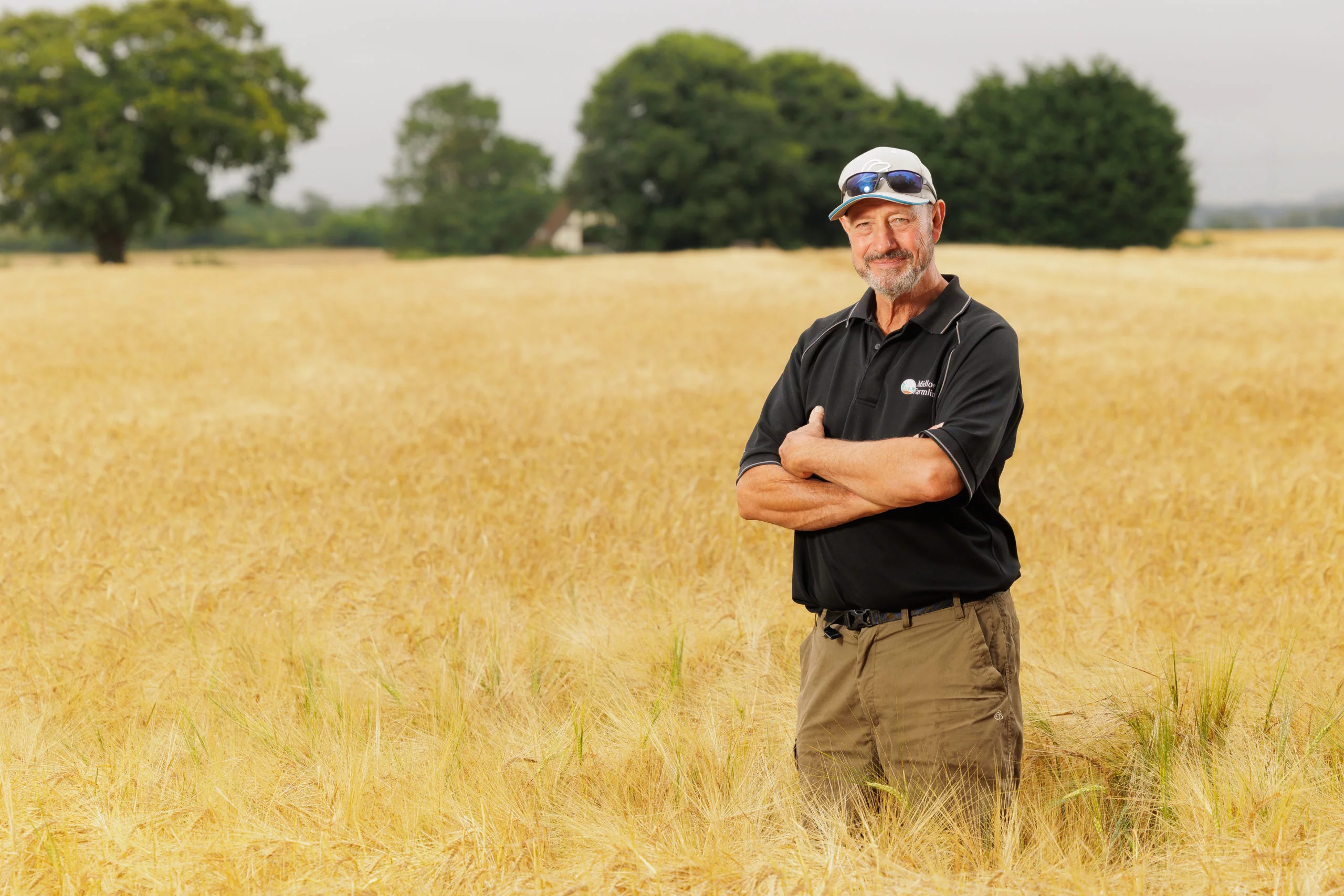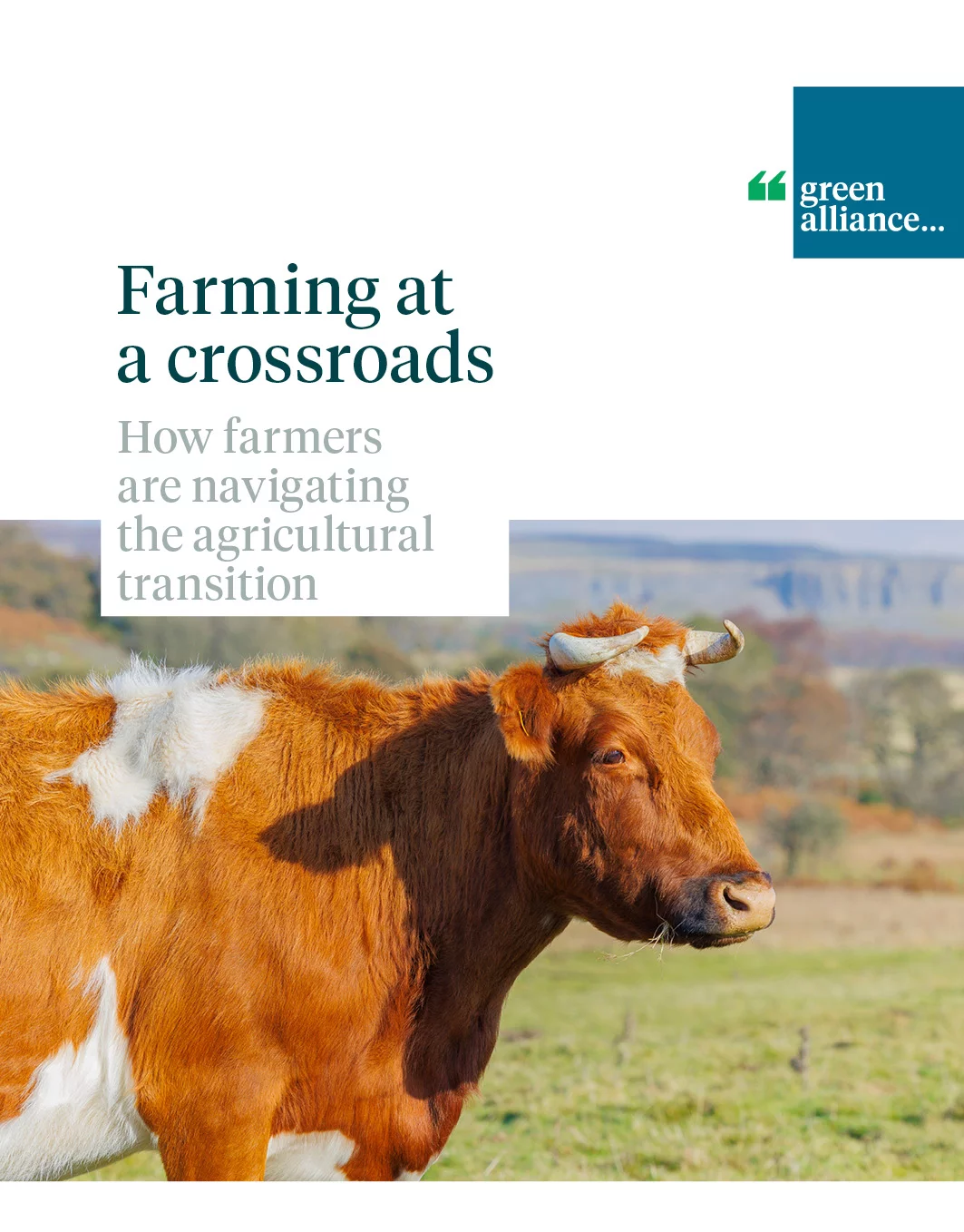Overview
Rural land use will need to change to tackle climate change and nature loss. Instead of being a source of emissions, land needs to act as a sink for residual emissions from hard-to-abate sectors such as aviation and agriculture, while also providing habitats for wildlife and continuing to produce food. Reforms to the UK’s farm payments regime following Brexit provide an opportunity to catalyse these changes by moving away from area-based payments towards a system of public payments for public goods, but effective policies are needed to navigate trade-offs.
An effective land use framework

In June 2022, the government announced a forthcoming Land Use Framework to guide rural land use change. Our report released that same year, explores how a spatially-explicit land use framework could guide farm businesses across the country to play a leading role in achieving climate and nature targets without damaging food security. We demonstrate how following a three compartment model of land use could best meet the government’s goals for land and food, while minimising trade offs.
Our 2023 report, Shaping UK Land Use, explores some of the trade offs that arise in deciding what the land provides, modelling five UK scenarios that meet net zero emissions targets and food security goals, with different impact on nature. We demonstrate that it is far more cost-effective to fund farmers to manage land for climate and nature, rather than rely on expensive engineered greenhouse gas removals to meet net zero.
Our work in 2024 sets out in more detail what a good land use framework looks like. We discuss what land uses it should cover, what it should do, and lay out our recommended three compartment approach.
Ensuring ELM delivers on climate and nature

Farm subsidies play an important role in guiding how rural land is managed. In England, only a quarter of farms make a profit from food production alone: the rest rely heavily on subsidies to make ends meet. While the EU Common Agricultural Policy’s area-based payments supported environmentally harmful production, the vision behind England’s new Environment Land Management (ELM) scheme is to pay farmers public money to deliver public goods on their land, such as carbon sequestration and flood prevention. However as the scheme has been rolled out value for money has been lost, and the next round of rollout must do far more to support the farmers wanting to restore nature at scale.
Farming for the future explores how environmental delivery is key to the future of many farms’ incomes. For upland farms to be resilient, they must be given the opportunity to make nature restoration and carbon sequestration a key part of their business. We recommend reforms to payments offered under ELM to ensure ambitious actions are adequately funded, whilst levelling up farm incomes and minimising trade offs with food production.
Our 2024 work details a six-point plan for ELM for the incoming government to make all farm businesses resilient and put the sector back on track in terms of cutting emissions and restoring nature.
Farmer views on the Agricultural Transition

The government’s new farming policy, the Environmental Land Management Scheme, is aiming to support farms in England to make the changes that add up to our national commitments to restore nature, cut emissions and maintain food production. In this work, we’re visiting farms across England to understand how this policy is supporting their business, and what barriers they are coming up against. We will be producing a series of case studies that cover livestock, mixed and arable farms in the lowlands and uplands. Based on the experience of these farms, we will recommend how government can evolve their farming policy so it gives the support farms in those different contexts need to make the changes that will culminate in delivering our national commitments.


